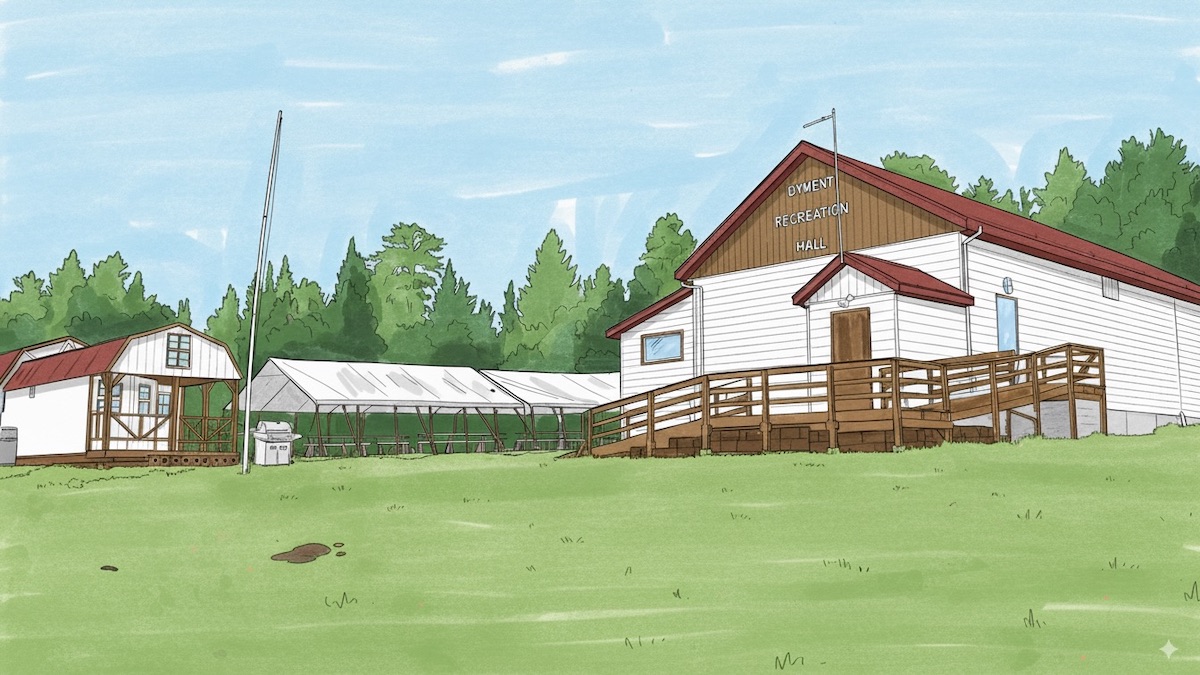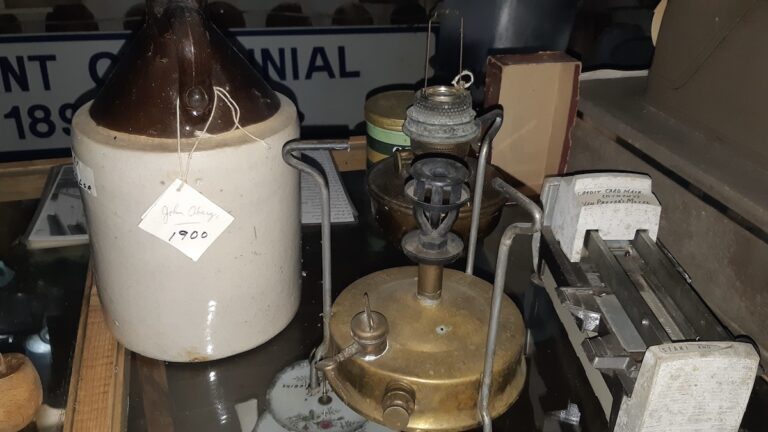
The Heart of Northern Community
How do we truly connect with our neighbours when ‘neighbours’ might be an hour’s drive away, or across a vast lake, nestled within the vastness of the Canadian Shield or amidst the expansive prairies? For small, northern, and rural non-profits and arts collectives in Northwestern Ontario, community engagement isn’t just a buzzword; it’s the very heartbeat of our work. We’re not just serving communities; we are the community.
But building and nurturing those connections requires intention, creativity, and an understanding of our unique northern realities.
Understanding Your Community’s Rhythm
Genuine community engagement begins with deep listening. We often have ideas about what our communities need, but the most impactful initiatives spring from understanding what truly resonates with the people we serve. For non-profits and arts collectives in Manitoba and Northwestern Ontario, this means acknowledging diverse perspectives—from established residents in a small town to seasonal cottagers, First Nations communities, and those in remote, fly-in settlements.
- Community Conversations, Not Just Surveys: While online surveys can gather data, there’s no substitute for face-to-face (or screen-to-screen) conversations. Host ‘coffee chats’ at the local general store, set up a booth at a community market, or offer virtual drop-in sessions. Ask open-ended questions: “What do you love most about living here?” “What challenges do you face that our organization might help with?” “What kind of creative outlets are missing?”
- Mapping Local Assets: Instead of focusing solely on needs, let’s identify strengths. What local talents, resources, and passions already exist? Maybe there’s a skilled elder artisan, a youth group eager for a project, or a retired carpenter who loves to build. Recognizing these assets fosters a sense of pride and ownership.
- Observe and Participate: Attend other local events, even if they’re not directly related to your mission. Show up at the annual fish derby in Kenora, the winter carnival in Geraldton, or a powwow. Being visible and genuinely interested in the broader community fabric is a powerful form of engagement.
Bridging Distances with Smart Tools
Distance is an undeniable reality across much of Northwestern Ontario and Manitoba. Our communities are often separated by vast stretches of Boreal forest, granite outcroppings of the Canadian Shield, or open prairie, making in-person gatherings a logistical challenge. We can’t eliminate distance, but we can smartly bridge it.
- Embrace Hybrid Models: For board meetings, workshops, or even arts events, a hybrid approach is essential. Invest in reliable internet (where available) and user-friendly video conferencing tools. Ensure in-person attendees feel equally connected to those joining virtually. Simple strategies, like having a dedicated person monitor the chat for virtual participants, make a huge difference.
- Online Hubs and Social Squares: Your website, like those supported by Arts Incubator Winnipeg or Art Borups Corners, can be more than just a brochure. Make it an interactive space for updates, resource sharing, and even virtual galleries or performance archives. Use social media platforms like local Facebook groups to share stories, solicit feedback, and promote events. Remember, not everyone is on every platform, so diversify where you share.
- Low-Tech Solutions Still Shine: Don’t forget the power of the local bulletin board, community newsletters, and word-of-mouth. Sometimes, a well-placed flyer at the post office, the grocery store, or the community centre in Dyment reaches people that an email blast never would. Think about how information traditionally travels in your specific rural context.
Cultivating Authentic Connections Through Co-Creation
True engagement moves beyond informing people to involving them. When community members co-create projects, they become invested stakeholders, not just passive recipients. This is particularly vital for arts collectives, where artistic expression can become a powerful vehicle for community voice.
- Workshops and Skill-Sharing: Host workshops where community members can learn new skills or share their own. An arts collective might offer a painting class, but what if a local trapper teaches hide tanning, or a gardener shares traditional plant knowledge? This builds capacity and respect for diverse skills within the community.
- Community-Led Projects: Instead of designing a program and inviting participation, invite the community to help design the program itself. If your non-profit wants to address a local issue, convene a brainstorming session. For an arts project, ask what stories need to be told, or what public art might reflect local identity. This empowers residents and ensures relevance.
- Youth Engagement: The future of our northern communities lies with our youth. Actively seek their input and provide platforms for their voices. Youth advisory committees, mentorship programs, and creative projects designed by and for young people ensure a vibrant, sustainable future for our organizations.
Leveraging Local Partnerships
In resource-constrained environments, collaboration isn’t just a good idea; it’s a necessity. We are stronger together, especially when facing shared northern challenges.
- Cross-Sector Collaboration: Partner with other non-profits, local businesses, schools, libraries, and even municipal services. A theatre group could partner with a local restaurant for dinner-and-a-show nights. A food bank might collaborate with a gardening club. These partnerships extend your reach, share resources, and create more robust community offerings.
- Engaging Local Service Boards (LSBs): In unincorporated areas like Melgund, Local Service Boards play a critical role. Engage with your LSB to understand community needs, share resources, and find opportunities for mutual support. They are often vital conduits for local information and services.
- Funding Collaborations: Look for funding opportunities, like the Ontario Arts Council Multi and Inter-Arts Projects program, that specifically encourage partnerships. A joint application with a complementary organization can strengthen both your proposal and your impact.
Making Every Interaction Count
Engagement isn’t a one-time event; it’s an ongoing journey. Every interaction, no matter how small, contributes to building trust and lasting relationships.
- Consistent Communication: Keep your community informed about your progress, challenges, and successes. Regular newsletters (digital and print), social media updates, and transparent reporting build confidence and accountability.
- Recognition and Appreciation: Acknowledge and celebrate the contributions of volunteers, partners, and participants. A simple thank-you note, a public shout-out, or a small token of appreciation goes a long way in fostering loyalty and continued involvement. Make everyone feel seen and valued.
- Feedback Loops: Establish clear channels for feedback and demonstrate that you’re listening. Did a program miss the mark? What could be improved? Creating a culture where constructive criticism is welcomed and acted upon strengthens your organization’s responsiveness and relevance. We can always learn and grow.
Acknowledgments
As we move to establish a non-profit recreation, arts and culture services provider for our communities, we acknowledge and and thank those who have supported us on this journey. We really want to recognize the collaborative spirit of the Arts Incubator Winnipeg, along with the creative insights from Art Borups Corners. We also extend our profound gratitude to the Minneapolis College of Art and Design Creative Entrepreneurship Program, the Ontario Arts Council Multi and Inter-Arts Projects program, and the indispensable local leadership of the Local Services Board of Melgund, all of whom empower our work in community building.





